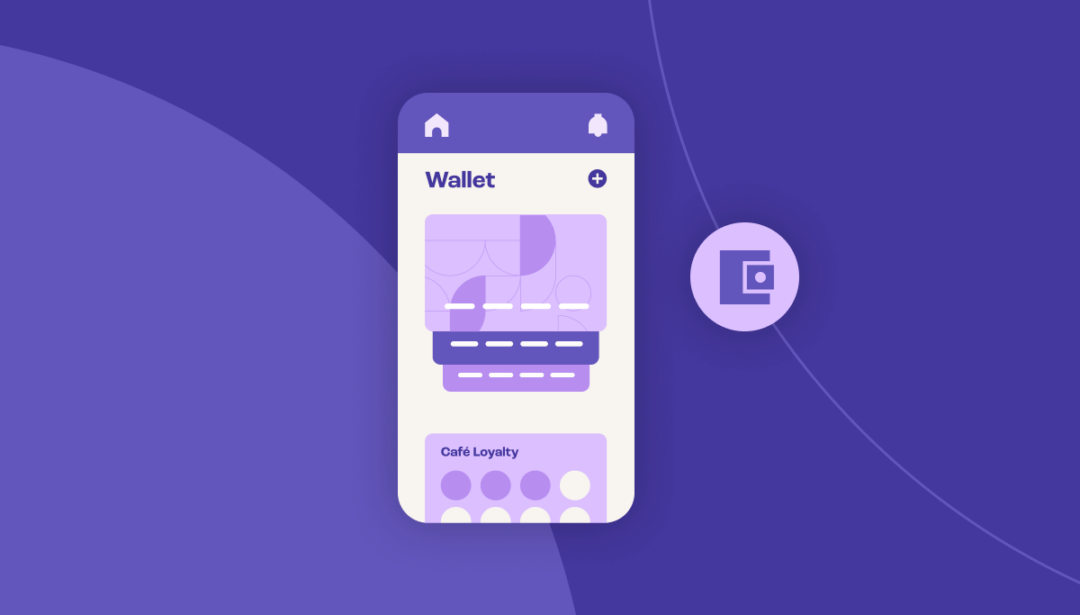With the addition of Apple Pay and Samsung Pay to our payment method offering, it’s the perfect time to unpack these two popular mobile wallets and explain how they facilitate seamless, secure and convenient transactions. Below we explain what mobile wallets are, how they compare, as well as the benefits they can bring to your online business.
What are mobile wallets?
Mobile wallets are digital platforms that enable users to store their payment information securely on their smartphones. These wallets act as virtual representations of traditional payment methods, such as credit cards, debit cards and even loyalty cards, effectively transforming smartphones into digital wallets.
With near field communication (NFC) technology, users can make contactless payments by simply tapping their devices against compatible payment terminals. For online payments, users can select their preferred mobile wallet at checkout and complete the payment with verification.
What are the main differences between Apple Pay and Samsung Pay?
Apple Pay and Samsung Pay fall under the umbrella of mobile wallet solutions and are two extremely popular payment methods. Millions of people around the globe use Samsung Pay and as of 2023, it’s estimated that over 500 million people across the globe have activated Apple Pay on their iPhones.
Below are some of the key differences between them:
| Device compatibility | Payment technology | Ecosystem integration | |
| Apple Pay | Apple Pay is exclusive to Apple devices, including iPhones, iPads, Macs and Apple Watches. | Apple Pay relies on Near-Field Communication (NFC) technology for contactless payment | Apple Pay seamlessly integrates with the Apple ecosystem, allowing users to make payments within apps, on websites and in physical stores using their Apple devices |
| Samsung Pay | Samsung Pay supports a wider range of devices, including Samsung Galaxy smartphones and smartwatches, as well as some non-Samsung Android devices. | In addition to NFC, Samsung Pay utilises Magnetic Secure Transmission (MST) technology, which enables it to work with older, more traditional magnetic stripe card readers. | Samsung Pay, while also offering similar functionalities, provides additional features such as integration with Samsung’s smartwatch ecosystem and the ability to make payments through selected Samsung devices’ rear-mounted fingerprint sensors. |
What are the benefits of offering mobile wallets to your customers?
By offering mobile wallets such as Apple Pay, Samsung Pay and Scan to Pay to your customers through Payfast, you can expect the following benefits:
- Improved conversion rates: Mobile wallets provide a frictionless checkout experience, reducing the time and effort required for customers to complete their purchases. This can lead to increased conversion rates, ultimately driving sales and revenue.
- Enhanced security: Mobile wallets use advanced security measures, such as tokenization and biometric authentication, to protect sensitive payment data. By accepting mobile wallets, you can offer your customers an added layer of security, reducing the risk of fraudulent transactions and boosting trust in your brand.
- Increased customer convenience: Mobile wallets eliminate the need for your customers to manually enter payment details for each transaction, providing a quick and convenient checkout experience.
- Access to a vast user base: Apple Pay, Samsung Pay and Scan to Pay have substantial user bases globally and locally. By accepting these mobile payment methods, you can expand your reach and attract new customers who prefer using these popular payment options.
By partnering with Payfast as your online payments platform you’ll be able to offer your customers over 10 different popular payment methods, including mobile wallet options. If you haven’t done so already, sign up for free with Payfast here.
